What's been researching at Slimbridge this year...?
In this post I thought I would do a "research round-up" about the pink bird studies from 2015. WWT Slimbridge has hosted several MSc students over the course of the academic year just gone, two of which were studying flamingos specifically. Also I was involved in supervising two BSc students that used data from WWT Slimbridge and from WWT Llanelli to look more deeply into the day-to-day lives of all things pink and feathery. So what did these students do and what did they find?
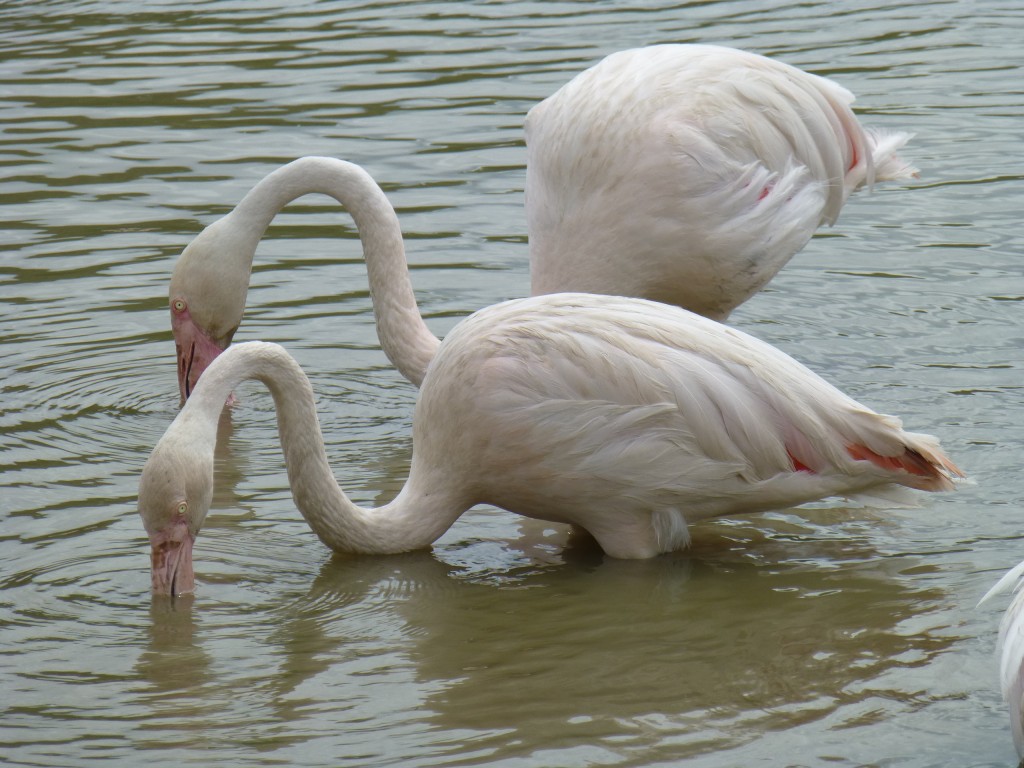
Gareth and Charlotte from the University of Exeter's MSc in Animal Behaviour course were helping with data collection for my larger research project. They doggedly continued collecting association patterns (so assessing friendships) between birds in the flocks of greater, Chilean and Caribbean flamingos which helps to paint a bigger picture of relationships within the group. Watch this space for some results from this coming out soon!
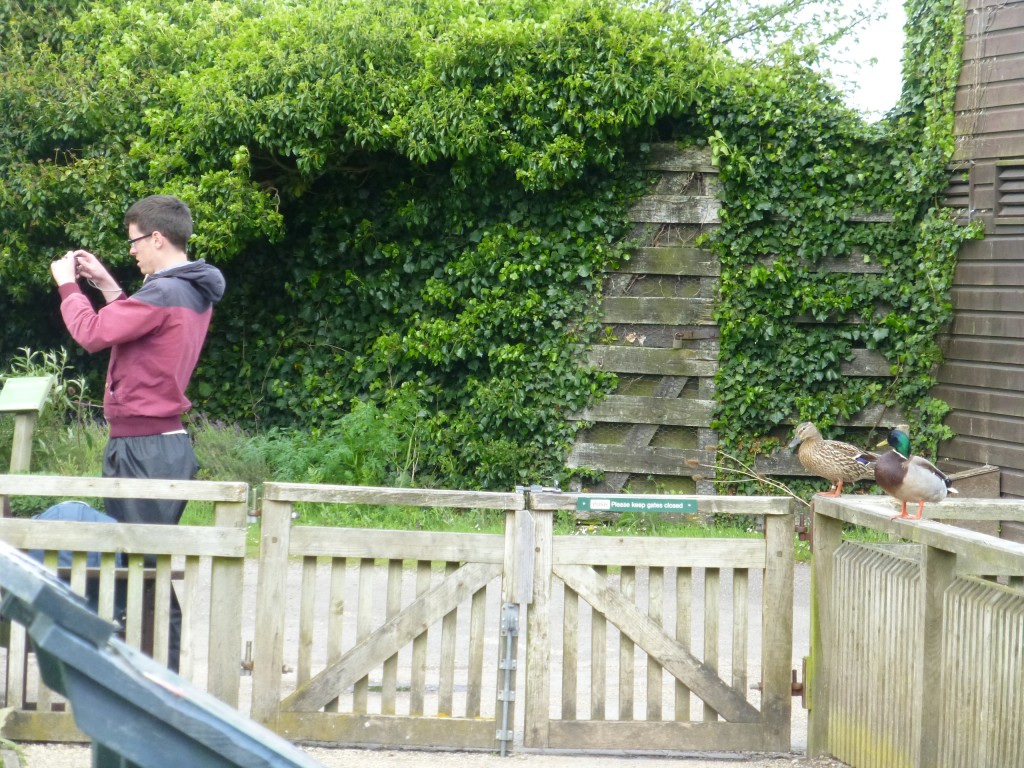
We can look at measures of personality and important aspects of day-to-day behaviour patterns to provide an understanding of social hierarchy and the role that each bird plays in the group that it lives in. In Gareth's case, when not being shadowed by interested mallards (!), he was comparing levels of vigilance (so when birds look around and check out their surroundings) between the Caribbean and Chilean flamingos, for the whole flock and for selected individuals. Gareth's results showed that being more dominant in the group does not affect the performance of vigilance for either flock, so all birds seem to take it in turn to scan around their local area.
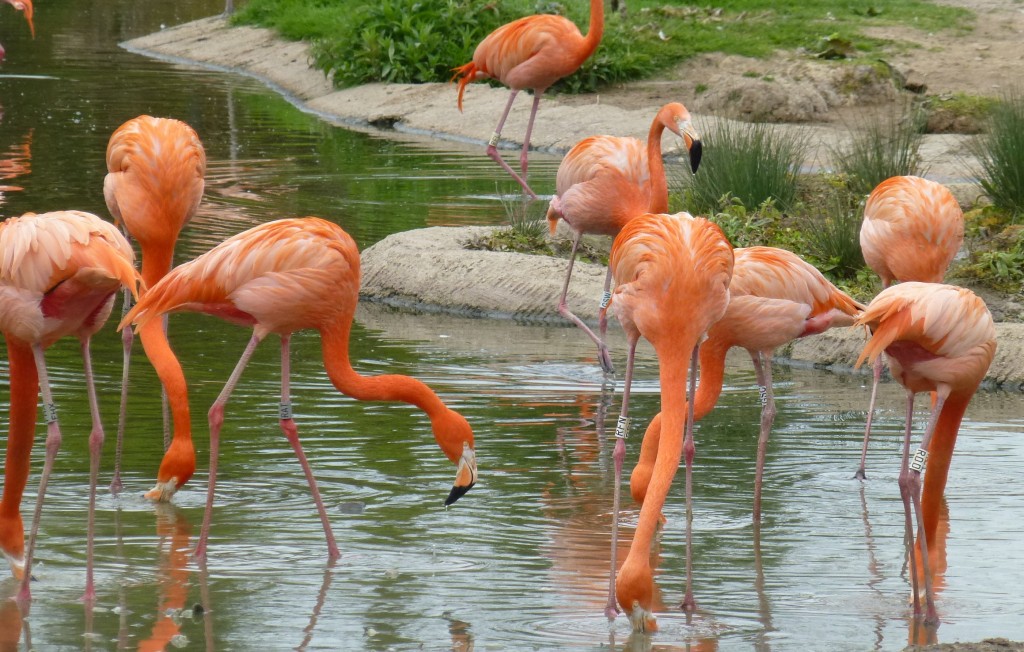
Charlotte, also from the MSc Animal Behaviour at Exeter, watched the larger flock of greater flamingos. And again she was assessing personality, vigilance and friendships. Charlotte noted that there were some bonds that appeared over the course of her study period that were constant, and she also noted that the flamingo's overall behaviour pattern (or activity budget as we call it) is remarkably similar to that of wild birds. Charlotte was expecting there to be individual differences in the bird's vigilance levels (are some birds more wary than others, for example) but she found no real link between each flamingo, its place in the flock's hierarchy and the time it spends being vigilant. Why do we care about this? Well it's a nice measure of animal welfare- to check that behaviours (natural behaviours) are not being interrupted because the animal is unsettled.
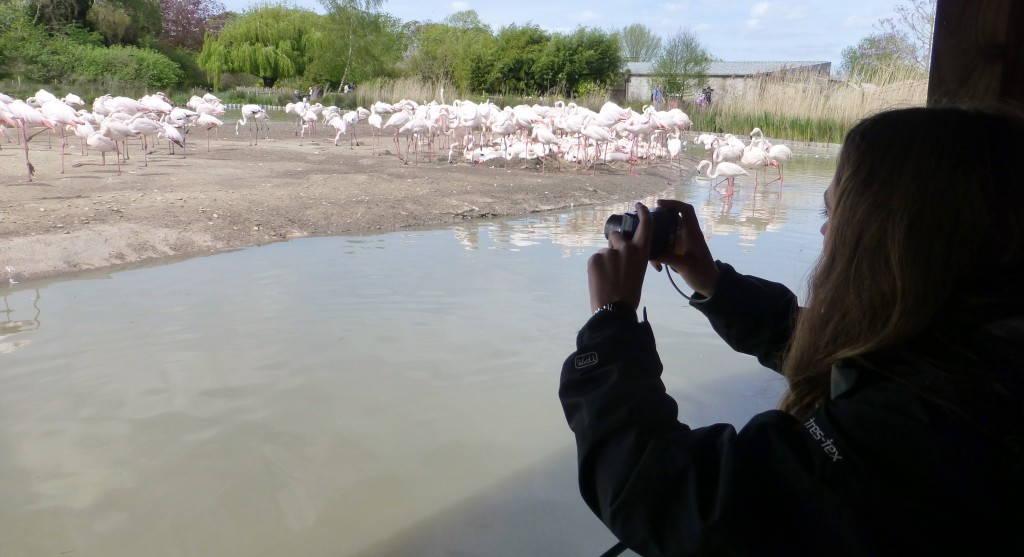
Overall, both Charlotte and Gareth found very low levels of vigilance in these three flamingo flocks, of less of 10% of the birds' time in fact. This is a good thing for the birds and for those looking after them. We can say that the flamingos are not stressed by their lives at Slimbridge and that they have an overall activity budget that is similar to free-living birds. Had these students found high levels of vigilance, with birds constantly looking around themselves, we would have been concerned that maybe they were not settled in their pens. And most interestingly, when compared to visitor number, birds did not become more vigilant when there were more people around. So it seems that flamingos are equally unconcerned about being on public exhibition!
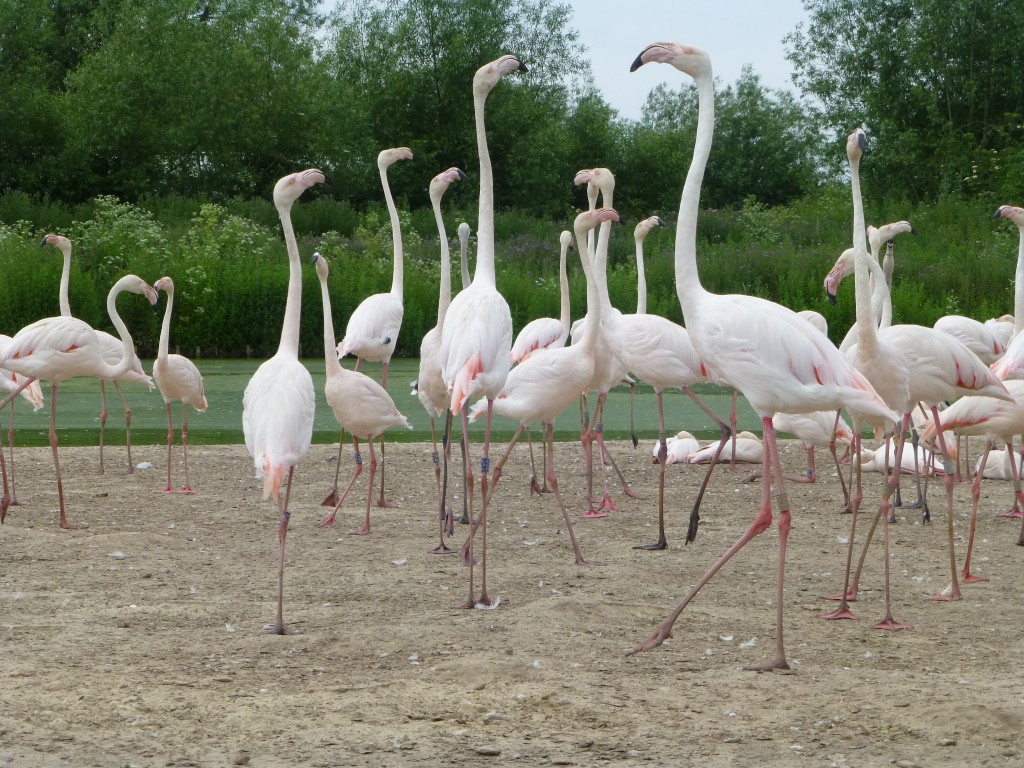
And what of the other two students? James and Rhianna, both BSc graduates of Sparsholt College Hampshire collected and analysed data on social behaviour and on enclosure use. It is important that we measure and re-evaluate how animals of all species use the space that they are given, to check that it is suitable for them. With flamingos, we need to ensure that they have enough room for feeding, foraging, nesting and courtship display. We also need to consider all of this "friendship work" that has been going on. As flamingos have very strong feelings about who they like and who they don't like, they must have the opportunity to express these feelings in their enclosure.
Both students found that enclosures provide flamingos with the ability to perform a range of important activities, and that birds are able to move away from others if they so chose. These projects were so very useful that Rhianna and James were selected to present at the annual UK zoo's research conference over the summer. Both Rhianna and James explained their findings to other zoo professionals and researchers to help spread the word about good flamingo welfare, and how to manage these birds properly.
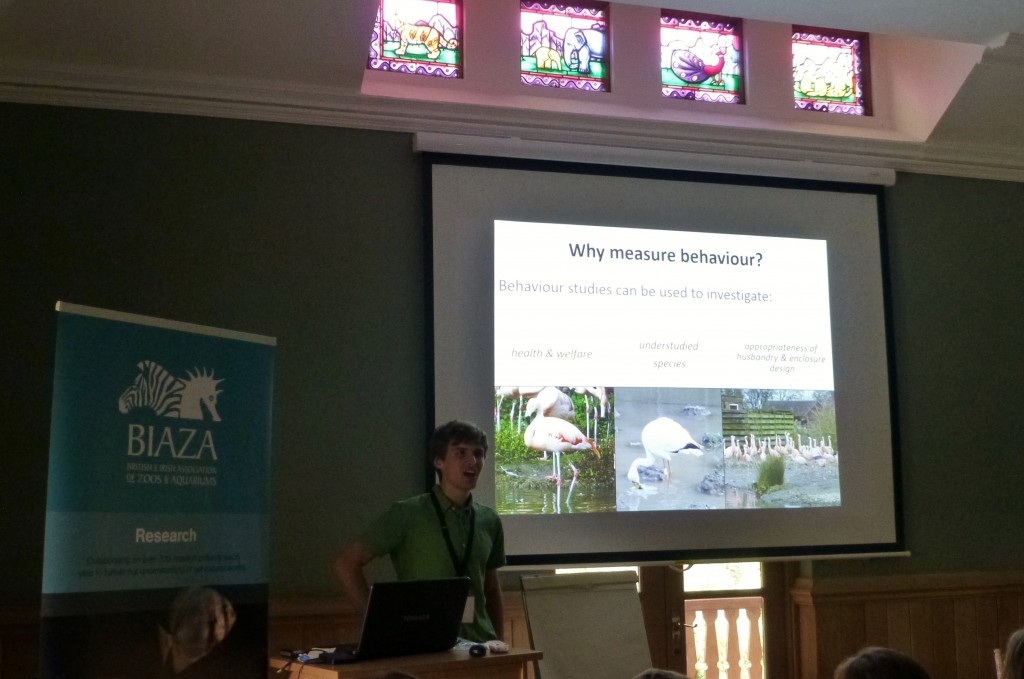
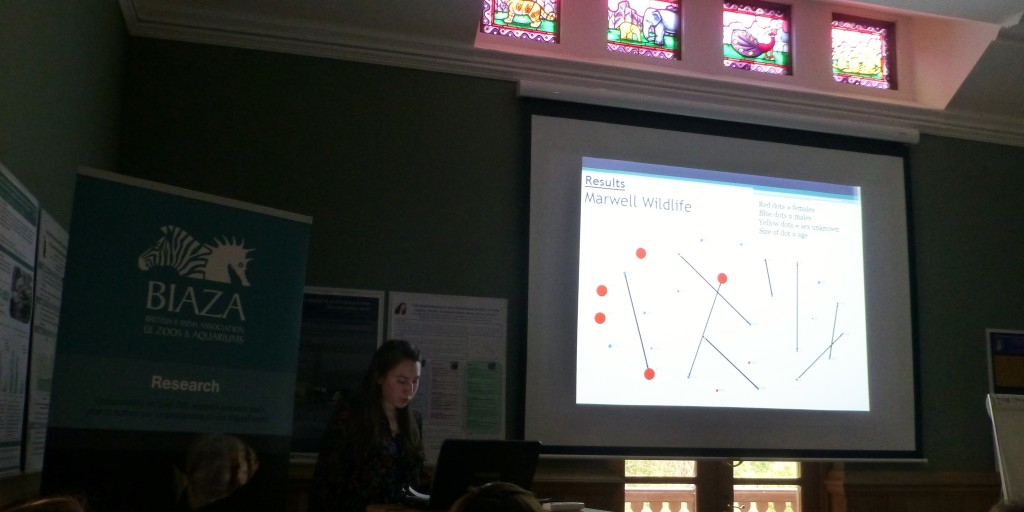
These studies by these hard-working students (who were often out in the pouring rain collecting their data) show the importance of collections like WWT Slimbridge in furthering our understanding of a species' behaviour and its ecology. We can accurately measure animal welfare to make sure that how the flamingos are being looked after is actually right for them. And certainly in this case, WWT seems to have gotten it just right.



